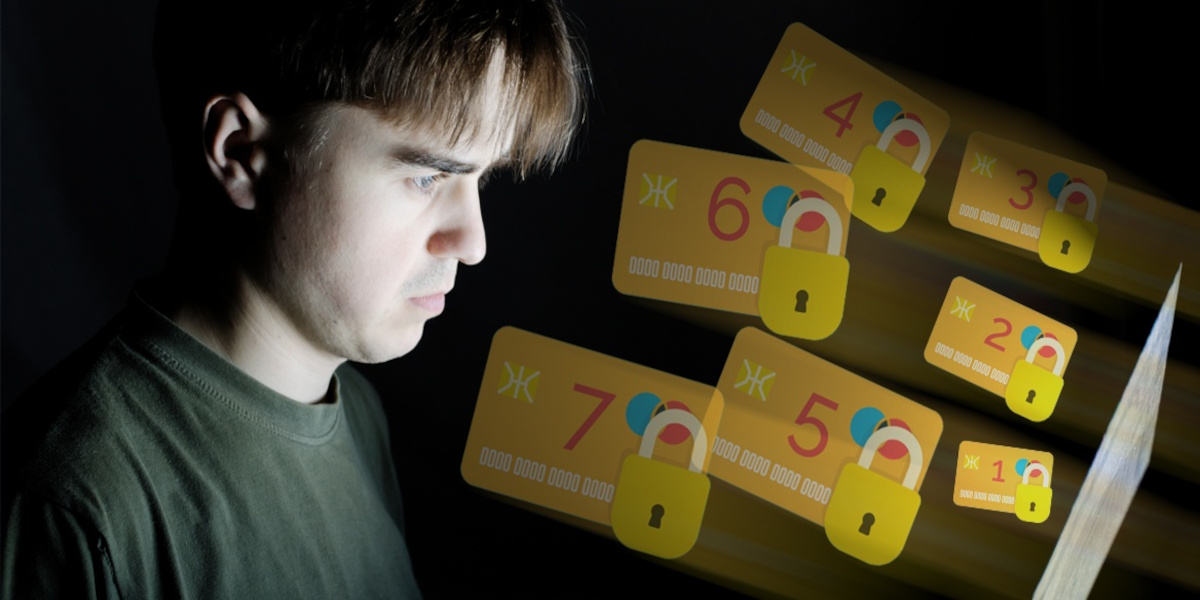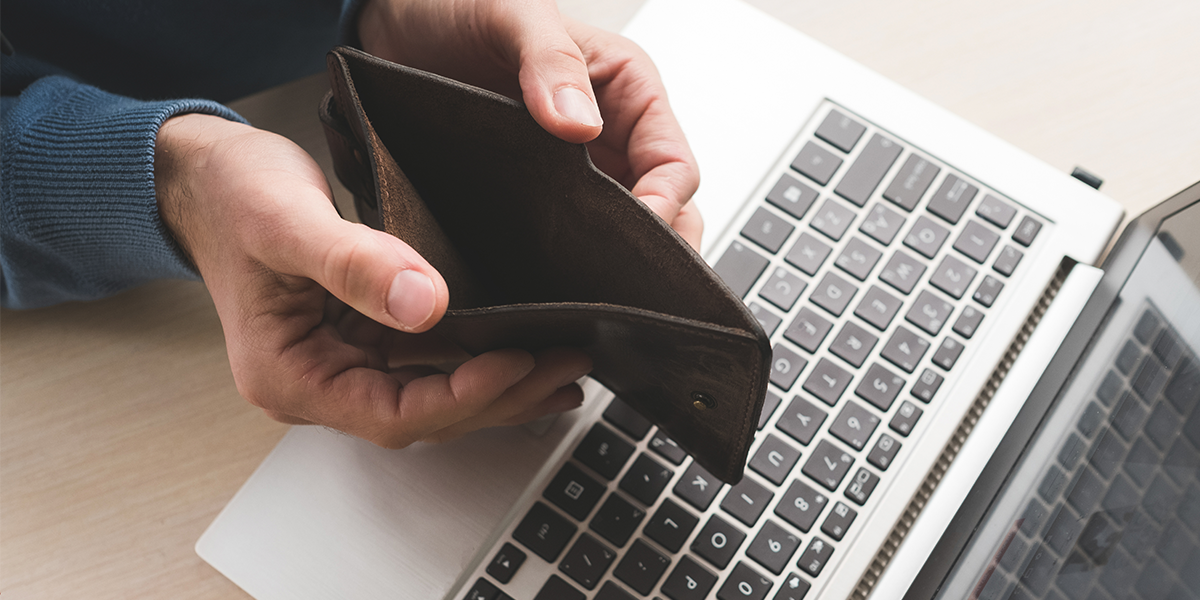Fraudulent Orders - 7 Signs
Table of Contents
- How to detect fraud - 7 likely indicators of a fraudulent order
- How to respond to a possible fraudulent order
- How do I prevent fraudulent transactions?
- What is considered a fraudulent transaction?
- How are fraudulent transactions detected?
- Can I get my money back from a fraudulent transaction?
As a business owner, you don’t need anyone to tell you how costly and painstaking fraudulent credit card transactions can be. Fortunately, there are several key indicators for fraudulent orders that can help you avoid things like chargebacks or other losses.
With the proliferation of cybercrime on the internet, it’s no longer a matter of if you’ll be exposed to fraud, but when. While you can’t prevent every possible type of fraud, you can prepare yourself to detect and prevent fraud by understanding what common types of fraud can look like from a merchant’s perspective.
Here, we’ll discuss 7 signs of fraudulent orders that you might come across as a merchant. Fraud doesn’t have to be treated as simply a cost of doing business. When you know what you’re up against, you can tailor your operations to recognize and prevent it.
How to detect fraud - 7 likely indicators of a fraudulent order
Intuition is your greatest ally in the fight against fraud. If something doesn’t look right, it probably isn’t. Follow your instincts and you’ll be able to sniff out many fraudulent orders before they’re processed. It never hurts to look into an order, and you can always approve the order later on if you realize it’s valid.
Cyber-criminals are creative and constantly evolving to exploit new transaction loopholes and vulnerabilities, so it’s challenging for the average merchant to stay ahead of them.
However, the large majority of fraudulent orders still result from common, overused strategies. Here are a handful of indicators that can tip you off:
Conflicting customer information
One of the first things to look at is the customer information. Does it match up, or are there conflicts? For starters, check the email address. Does it match or resemble the name of the customer? Most people use an email address that contains at least a part of their name, although some younger customers might use a screen name that bears no resemblance to a name at all.
If the email address contains a name other than that of the customer or if there’s a long string of seemingly random numbers or characters in it, that might be cause for a closer look.
If you’re unsure, you can attempt to contact the customer via their email address. If they respond, that’s usually a good sign. Fraudsters typically use bogus email accounts and/or don’t check them.
It’s also a good idea to take a closer look at any orders where the billing and shipping address doesn’t match. Sometimes these might just be gifts, of course, but if you don’t receive many gift orders, it’s worth checking for other signs of fraud or contacting the customer about the order.
Large orders from unknown customers
Most businesses know who their big customers  are or have contact with a new customer prior to a large order being placed. If your average transaction is $100 and you suddenly see a $5,000 order from an unknown customer, something probably isn’t right. Large transactions that prove to be fraudulent can be incredibly costly, since the merchant is liable for the cost of the chargeback that will likely come along soon after.
are or have contact with a new customer prior to a large order being placed. If your average transaction is $100 and you suddenly see a $5,000 order from an unknown customer, something probably isn’t right. Large transactions that prove to be fraudulent can be incredibly costly, since the merchant is liable for the cost of the chargeback that will likely come along soon after.
Unfamiliar international shipments
Keep an eye out for unfamiliar international shipments. If you’ve been in business for a while, you’ll know which countries typically purchase from you and which don’t.
For example, if you’ve never had a single order from a particular country in the past five years but suddenly receive three orders in a week, you should take a closer look for any other indicators of fraud. It’s highly unlikely that you’ll unexpectedly have multiple orders from a country you’ve never interacted with in the past.
Multiple transactions with the same card
It’s fairly common for a customer to place two transactions closely together. They either want to split up the charge or they forgot an item on their first order. However, if you begin to see three, four, or five-plus transactions with the same card over a short period of time, this may be a sign of fraudulent activity. You understand your company’s pattern of sales better than anyone, so use your common sense.
Too many declined transactions
A declined transaction here and there is nothing to worry about. However, if you received multiple declined transactions in a short period of time from the same card, that may indicate fraud.
Ideally, you should have systems in place for checking for multiple declined transactions that share any information, such as shipping address, IP address, or device fingerprint. This is often a strong indicator of card testing, a process by which a fraudster with a list of stolen card information attempts small purchases with each one to check if they’re still active.
Many separate transactions from the same IP address
Most online payment gateway and merchant account providers capture IP addresses from customers.
You should carefully review IP information on a regular basis, or even better, have an automated system in place for flagging suspicious activity.
If you see lots of separate transactions with different customer information coming from the same IP address, be wary. This is almost always a telltale sign of fraudulent activity. You should investigate the transactions and block these IP addresses from future activity if necessary.
Unreasonable expedited shipping
Here’s another instance where logic and intuition come into play. Would a reasonable customer pay $50 to ship $15 worth of goods? Maybe if the product is something a customer might need on short notice and be unable to get locally, but to most customers, that would seem unreasonable.
Fraudsters may pay for expedited shipping because (a) it isn’t their money, and (b) the sooner they get the goods the more likely it is they’ll get away with the transaction.
There are dozens of other warning signs to watch for, but these are seven of the most common that help with how to detect fraud. Keep an eye out and you’ll save your business a lot of time and money fighting disputes and chargebacks.
How to respond to a possible fraudulent order
Many merchants don’t know how to handle possible fraudulent orders and choose not to say anything for fear of offending the customer. While you certainly don’t want to turn a legitimate paying customer away, you also can’t afford to take these situations lightly.
You can check with your card issuer to see what they suggest. Each of the major card networks has clearly published recommendations for fraud prevention, and you’ll greatly diminish your risk by carefully following their guidelines. American Express even offers a few basic fraud prevention tools merchants can integrate into their systems.
While there are a variety of tools and methods available for fraud prevention, here are a few things all merchants should do to reduce the risk of fraud:
- Always maintain appropriate security measures. PCI-DSS compliance is critical for preventing security issues, and can go a long way towards fraud prevention.
- Verify payments. Card-not-present (CNP) transactions in particular are a dangerous place for fraud. That's why CNP merchants use tools like Address Verification Services (AVS) to weed out potential fraudsters by comparing cardholder addresses against provided information. CVV matching is also critical for preventing a significant percentage of stolen card numbers from being used.
- Implement fraud prevention tools. Several vendors offer fraud prevention tools using AI to automate decision-making for transactions. If a purchaser acts strangely or sets off red flags, then the tool can raise warnings or halt the transaction.
In all situations, the best piece of advice is to remain calm and use your common sense. It’s easy to jump to conclusions, but great fraud prevention is driven by the details. The best thing you can do is pause the transaction and tell the customer that further authorization is needed for the purchase to be completed. Most customers will be okay with a short delay. Fraudsters will typically flee at the sound of the word “authorization.”
FAQ
What is considered a fraudulent transaction?
How are fraudulent transactions detected?
Can I get my money back from a fraudulent transaction?
Thanks for following the Chargeback Gurus blog. Feel free to submit topic suggestions, questions or requests for advice to: win@chargebackgurus.com











